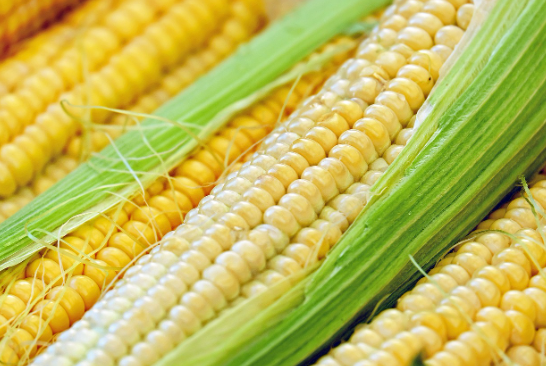$CORN $SOYB #LeanHogs #Agriculture #FuturesMarket #CommodityTrading #HogsNews #CMEGroup #MarketAnalysis #Investing #Speculation
Why Did Hogs’ Prices End Differently on Friday? Discover What Triggered the Speculators’ Record Move!
In the latest hogs news, the Lean Hog Futures market exhibited a mixed performance during Friday’s trading session. Contracts fluctuated, with some front-month contracts gaining 50 cents while others saw declines of up to a dime. Notably, the October contract recorded an impressive increase of 85 cents throughout the week, highlighting the volatility and unpredictability inherent in agricultural commodities.
The USDA’s national base hog report released on Friday afternoon indicated that prices were at $103.61, reflecting a decrease of $1.99 from the previous day. This decline in price, coupled with a shifting speculator sentiment, paints a complex picture of the current hog market landscape. As speculators moved to record net long positions, many traders are left pondering the underlying factors influencing these movements.
Market Dynamics: What Influences Lean Hog Prices?
Several factors contribute to the fluctuations in Lean Hog Futures. Firstly, seasonal trends often play a crucial role. As we approach the fall months, demand for pork typically increases due to holiday-related consumption. This seasonal uptick can lead to rising prices, as seen with the October contract’s performance this week.
Moreover, supply chain disruptions and feed costs are significant influencers of hog pricing. Higher feed prices, driven by factors such as drought conditions affecting corn and soybean crops, can reduce profit margins for hog producers. In turn, these economic pressures could impact the overall supply, further driving price volatility in the market.
Speculation and Market Sentiment: A Double-Edged Sword
The surge in speculator activity, resulting in record net long positions, also reflects a broader market sentiment. Investors are betting on future price increases as they anticipate tighter supplies due to ongoing feed price pressures. However, this speculative fervor can create short-term price swings, making it imperative for traders to stay informed about market conditions and trends.
With the recent USDA report indicating a slight drop in prices, some traders may reassess their positions. In contrast, those with a bullish outlook on the market could capitalize on lower prices, betting that a rebound is imminent as demand continues to grow.
Looking Ahead: What’s Next for Lean Hog Futures?
As we move further into the month, traders and investors should keep a close eye on upcoming reports and market trends. The potential for changes in consumer demand, coupled with any shifts in supply due to weather or feed costs, will be critical in determining future price movements.
In summary, the mixed performance in the Lean Hog Futures market on Friday highlights the complexities of agricultural trading. The interplay between supply dynamics, seasonal demand, and speculative sentiment creates a continuously evolving market landscape. For those interested in understanding more about agricultural investments, exploring other commodity trends can provide valuable insights. You can find more information by visiting our stock news section.
Navigating the Lean Hog Futures market requires not only an understanding of current pricing but also a keen awareness of broader economic factors. As speculators continue to influence market dynamics, staying informed will be crucial for anyone looking to invest in this volatile sector.











Comments are closed.